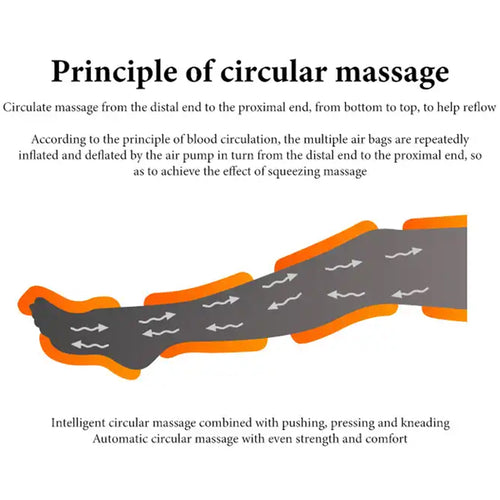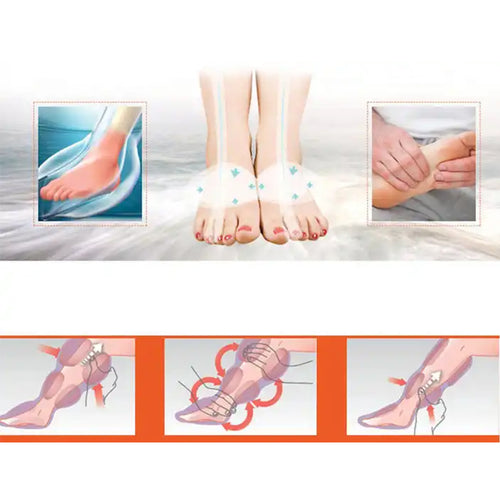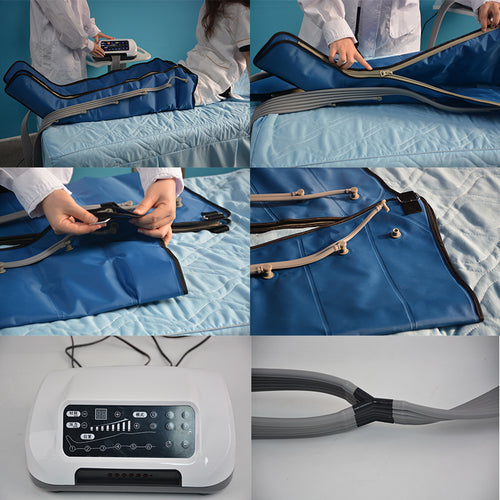In the realm of physiotherapy, various equipment plays a pivotal role in the rehabilitation and recovery of patients. Among these, the airwave therapy device stands out as a unique and effective tool for promoting circulation, reducing pain, and enhancing overall well-being. Here's a deeper look into the airwave therapy device and its applications in physiotherapy.
What is an Airwave Therapy Device?
An airwave therapy device, commonly known as a compression therapy system or pneumatic compression device, utilizes intermittent pneumatic compression to provide targeted pressure to specific body parts. This pressure is delivered through inflatable air chambers that wrap around the limb or body part, gently compressing and releasing in a cyclical manner.
Mechanism of Action
The airwave therapy device works by applying pressure to the limbs or body parts, which helps increase blood flow and lymphatic drainage. The intermittent compression and release create a "milking" effect, pushing fluid and blood back towards the heart, reducing edema (swelling) and improving circulation.
Applications in Physiotherapy
The airwave therapy device finds numerous applications in physiotherapy, especially for patients with the following conditions:
- Lymphedema: For patients with lymphedema, airwave therapy helps reduce swelling by promoting lymphatic drainage. The pressure applied by the device stimulates the lymphatic system, encouraging the flow of lymphatic fluid and reducing fluid accumulation.
- Post-Surgery Recovery: After surgery, especially orthopedic procedures, patients often experience swelling and pain. Airwave therapy can be used to reduce edema, speed up healing, and provide comfort.
- Venous Insufficiency: For patients with venous insufficiency or venous ulcers, airwave therapy can help improve venous circulation and reduce venous pressure. This, in turn, reduces swelling and discomfort.
- Neurological Disorders: For patients with neurological disorders such as stroke or spinal cord injury, airwave therapy can help improve muscle tone, reduce spasticity, and prevent contractures.
Advantages of Airwave Therapy
The airwave therapy device offers several advantages compared to traditional methods of compression therapy:
- Non-Invasive: The therapy is non-invasive, requiring no needles, surgery, or medications.
- Comfortable: The gentle compression and release provided by the device are comfortable for most patients.
- Efficient: Airwave therapy is an efficient way to promote circulation and lymphatic drainage, reducing the need for prolonged bed rest or immobilization.
- Customizable: The device can be customized to target specific body parts and adjust the pressure and compression cycle based on the patient's needs.
Future Prospects
With ongoing research and technological advancements, the airwave therapy device is expected to evolve and become even more effective in the future. Potential improvements could include more advanced compression algorithms, the integration of sensors for real-time monitoring, and the development of wearable devices for continuous therapy.
In conclusion, the airwave therapy device is a valuable tool in the physiotherapy arsenal. Its ability to promote circulation, reduce pain, and enhance recovery makes it an essential piece of equipment for treating a wide range of conditions. As technology continues to progress, we can expect even greater advancements in this field, bringing new hope and opportunities for patients in need.




